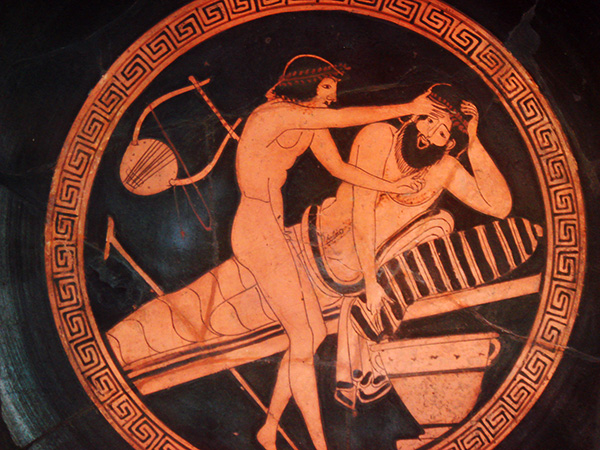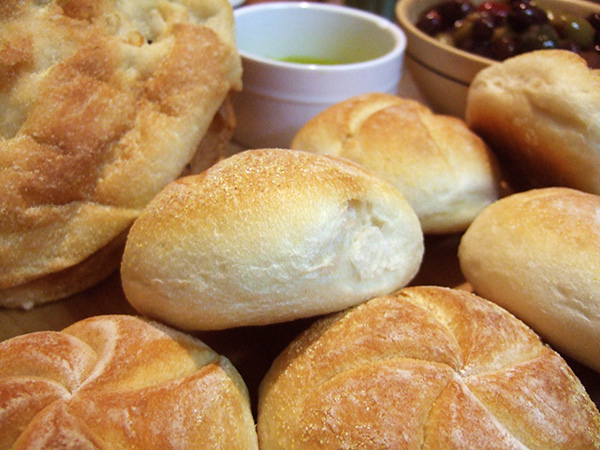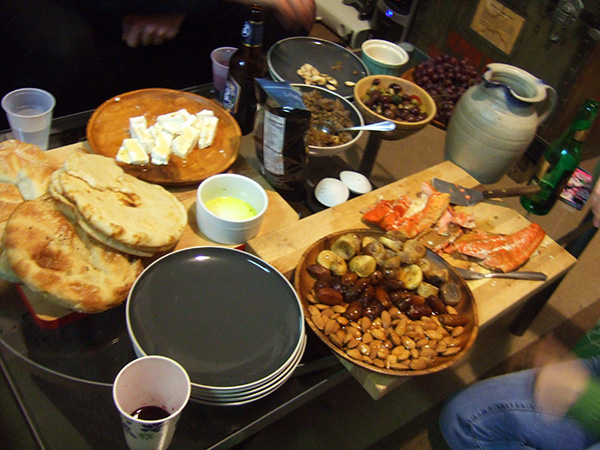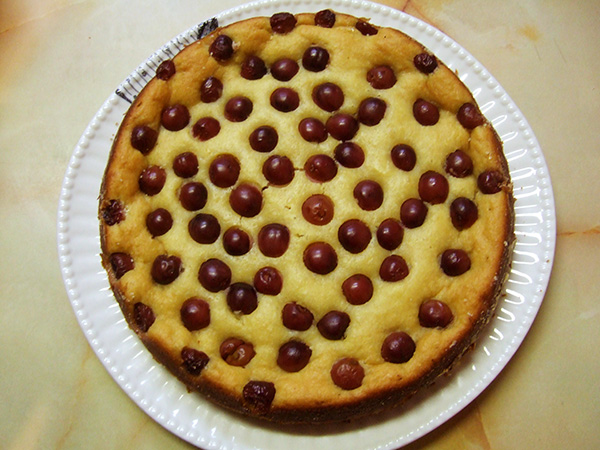 Hot chocolate, frothed with a molnillo.
Hot chocolate, frothed with a molnillo.
In my latest post for Etsy, I experiment with making hot chocolate–Ancient Mesoamerican style:
In both Maya and Aztec art there are depictions of elegant women pouring liquid chocolate between two vessels: one on the ground and one held at chest height. Pouring the chocolate back and forth aerates and froths the drink as it falls through space, like the waterfall in Willy Wonka’s chocolate factory. A thick head of froth was seen as the sign of a fine cup of chocolate. The method seemed simple enough, so I placed one bowl on the kitchen tile, held one in the air, and gently poured. Chocolate spattered all over my floor.
Despite my best efforts, my chocolate wouldn’t froth. I found the answer to my problem in Mary Roach’s new book Gulp: Adventures on the Alimentary Canal, all about the science of eating (it’s great!). In a footnote about spit bubbles, she explains froth is caused by proteins, which hold air into a liquid when beaten, like whipping cream or making meringue. Cacao has a little bit of protein, but apparently not enough to create a foamy head. The Mexican Cook Book Devoted to the American Homes, written in 1947 by a Mexican woman, suggests adding eggs into the cacao mixture–for the express purpose of frothing:
Almonds are usually added to the home-made chocolate, as they give it a very good taste, and also boiled egg yolks, these with the primary purpose of having the chocolate froth up upon being boiled.
I didn’t try hard boiled eggs as she suggested, but I did add a raw egg white, and the concoction foamed easily. The 1947 book is a blend of pre- and post- Colombian chocolate making techniques; and while eggs were available to the Maya and Aztec (from wild birds (updated: or turkeys or Muscovy ducks)) I can’t say if they would have been used in chocolate making.
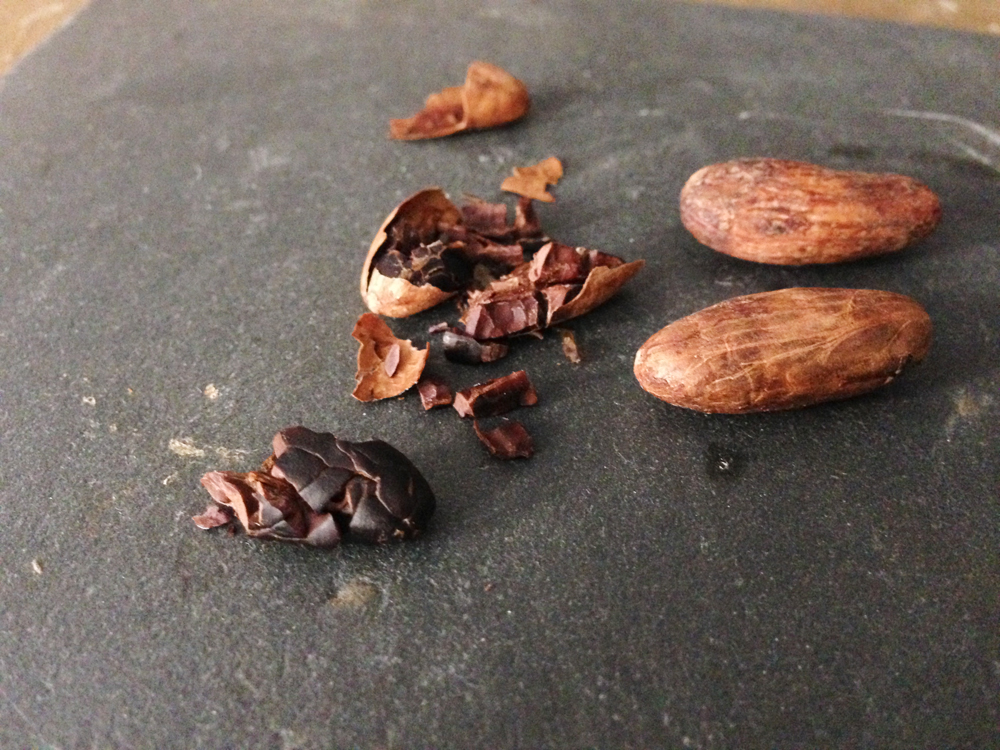 A cacao bean with the nibs inside.
A cacao bean with the nibs inside.
The entire recipe is below, and it gives an interesting look into the process of making chocolate. You can read more about my chocolate making experiences on Etsy!
***
Old Fashioned Chocolate a la Mexicana
From Mexican Cook Book Devoted to the American Homes, 1947
By Josefina Valazquez de Leon
1 1/2 pounds of Tabasco cocoa (a regional Mexican cacao)
10 ounces Maracaibo cocoa (Venezuelan cacao)
2 pounds of sugar.
4 ounces of almonds.
1/2 ounce cinnamon.
2 boiled egg yolks
Have the cocoa roasted in a frying pan as much at to suit your taste (some persons like it dark and others light). Once roasted let it cool down take the shell off to better it so there be no shell left on it. (This shell is saved to make refreshments, gruel and “champurrado“). In special metate for grinding the cocoa, the sugar is first ground together with the almonds (these latter slightly roasted and ground shell and all), adding also the egg yolks. After all this has been well ground is placed aside and fire put under the metate grinding the cocoa next, once roasted, of course. When it is well reground the sugar and the other ingredients are added and is again ground over until all of it is well mixed and formed into a paste which does not stick to the metate. Then one proceed to mould it…The paste is then poured on the moulds and pressed and rubbed with the hand so as to make it adquire (sic) a shining surface and immediately is marked with a knife in order to divide each mould contents into sixteen equal parts each of these parts being in turn equal to one ounce.

